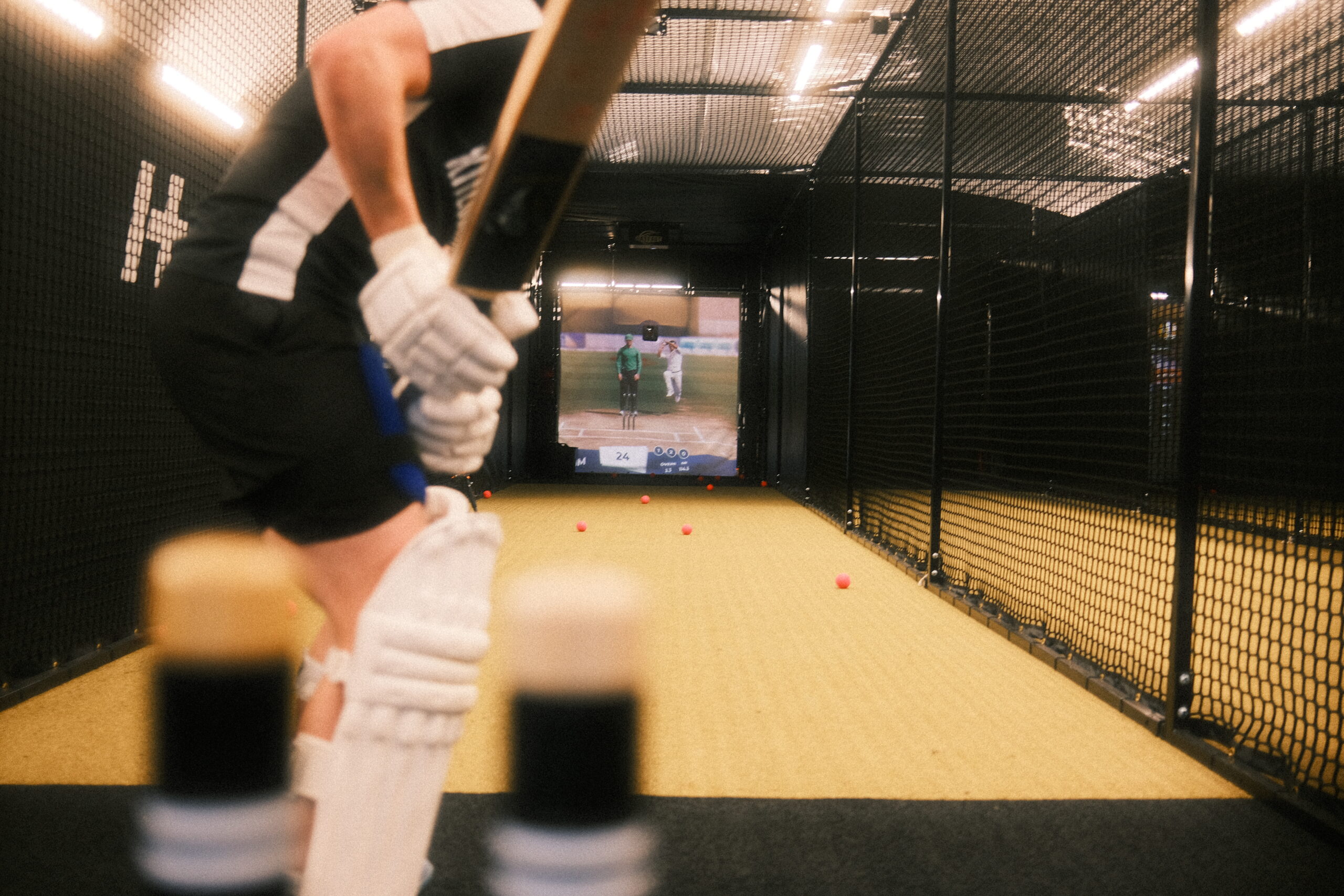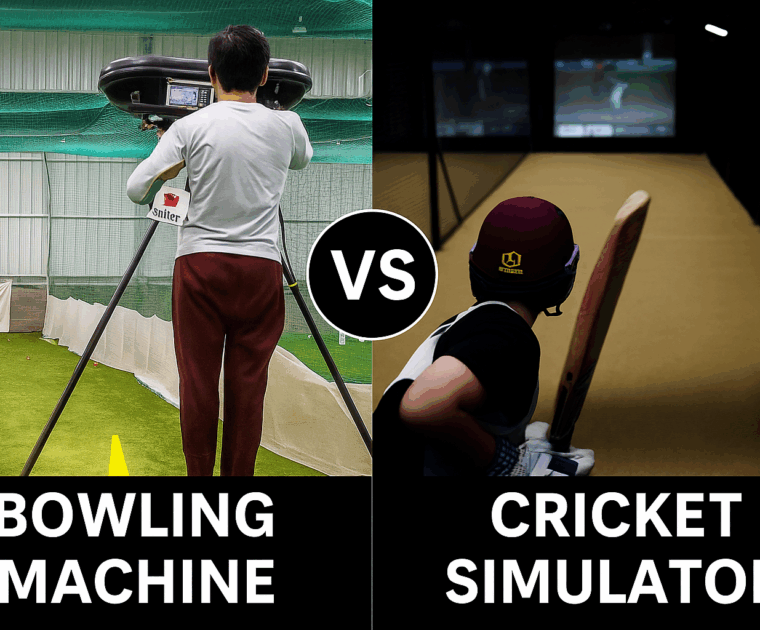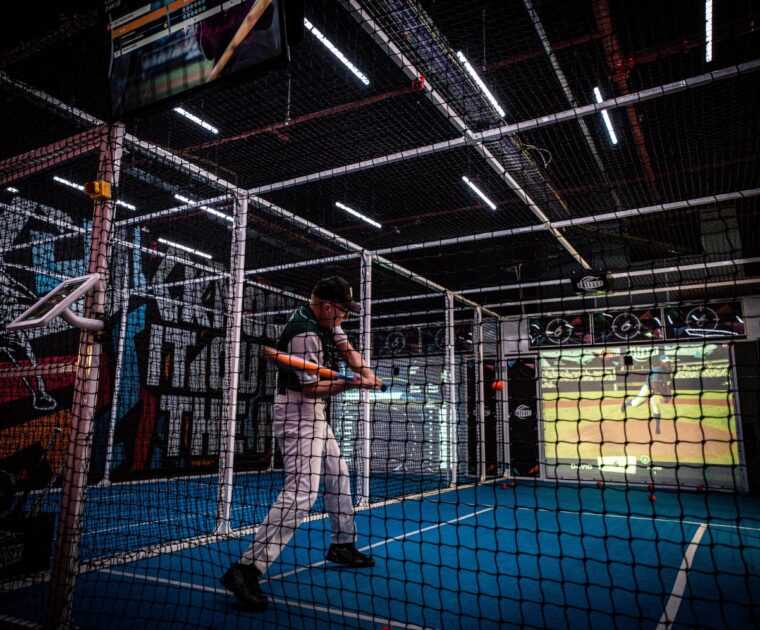How to Start a Business Using Sports Simulators

Sports simulators are redefining how the world plays, trains, and connects. Once limited to professional environments, they’ve evolved into accessible, high-tech experiences that combine fitness, fun, and innovation. From baseball and cricket to tennis and golf, entrepreneurs around the world are discovering that sports simulators can power thriving businesses, whether as standalone venues, integrated entertainment spaces, or training hubs. If you’ve ever considered starting a business that blends sport, technology, and social energy, this guide will show you how.
Defining Your Customer Segment
Before investing, identify your audience. Sports simulator businesses typically fall into two categories based on who they serve:
- Recreational players who seek regular practice and skill development fit naturally into the training model. These users are focused, repeat-driven, and want measurable progress. Higher accuracy, data analysis, and quality are expected for such audiences.
- Social and leisure players are drawn to the entertainment model, where gamification, group play, and competition drive engagement. These audiences expect an incredible social experience where the sports simulator is combined with quality F&B experiences or is part of a larger arcade set-up for a fun day out.
Entrepreneurs, facility owners, and investors can choose their path based on their target market, each offers a scalable, high-ROI opportunity.

Why Sports Simulators Are a Smart Investment
Simulators are revolutionising how venues attract and retain players. They automate everything, from pitch delivery to scoring, allowing players to take full control of their experience. This efficiency means lower staffing needs and higher customer satisfaction.
For entertainment-focused businesses, simulators bring games to life through immersive visuals, LED targets, and interactive scoring. They’re a hit among kids, families, and corporate groups, adding a playful gamification layer that keeps users coming back. On the training side, simulators offer advanced ball tracking, video replays, and detailed data analytics. They form part of a growing “connected fitness” ecosystem, similar to Peloton, Whoop, or Strava, where community, data, and performance converge to make sport both social and measurable.
Setting Up Your Simulator Business
Start by defining your target market: are you building a training space or a leisure destination? Your location options are wide-ranging: high-street venues, leisure centres, apartment complexes, terraces, or sports clubs can all host simulator setups.
Next, plan your feature set. Training-focused facilities may prioritise data dashboards, player profiles, and analytics tools, while entertainment setups can benefit from LED targets, multiplayer game modes, and video replay cameras.
When it’s time to launch, make it big. Simulator ventures attract early adopters, and a strong opening event, with influencers, local players, or social challenges, can generate lasting word-of-mouth.

Understanding Returns and Growth
Simulators offer strong revenue potential and a payback period as quick as one to three years, depending on the model. Venues often see utilisation rates comparable to popular leisure formats like bowling alleys or fitness clubs. The added benefit? Each simulator comes with cloud-based dashboards that allow business owners to track occupancy, performance, and engagement in real-time, even boosting underused hours through data-led insights.
At BatFast, we’ve seen over 50% growth in entertainment participation between Summer 2024 and Summer 2025. On the training side, over 2 million balls were delivered across just eight UK venues this year, proof that the demand for accessible, tech-led sport is exploding.
Why Simulators Outperform Traditional Alternatives
Compared to bowling alleys, dart boards, and arcade setups, sports simulators offer deeper engagement, greater flexibility, and multi-sport variety, all in a similar footprint and pricing range. In training, they outperform traditional nets and bowling machines by providing precision control, instant data feedback, and the ability to replicate real match situations. Simply put, simulators deliver more value for every session, both for players and operators.
Bring the Game to Your Business
Whether you’re building an entertainment venue or a next-generation training hub, sports simulators make it possible to bring world-class experiences to any audience, anywhere. Book a consultation with BatFast to learn how we can help you design, launch, and scale your sports simulator business.
FAQs
1. What do I need to start a sports simulator business?
You’ll need a suitable space, a clear customer segment, and a simulator setup equipped with key features like ball tracking, video replays, and LED targets.
2. Are sports simulator businesses profitable?
Yes. Most operators achieve strong returns within one to three years, driven by consistent bookings and repeat players.
3. Can one simulator offer multiple sports?
Absolutely. BatFast Sport Simulators can host multiple sports, maximising your venue’s usage and appeal.




Leave a Reply
You must be logged in to post a comment.